The Former SS Camp and Canteen:
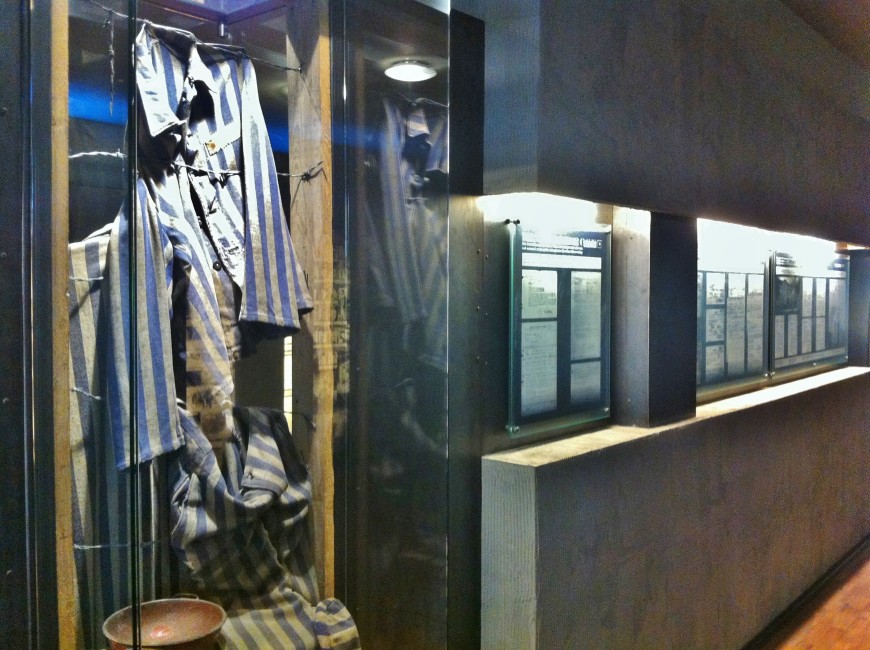
You’ll notice that Gross-Rosen today basically has two gates – the main entrance gate from the road and the historic entrance gate into the camp, beyond which prisoners were confined. Originally, this large area between the gates - including the present-day parking area and information point – was occupied by the SS camp and administrative buildings of Gross-Rosen. On the left side of the camp’s main road stood the barracks for the SS officers, beyond which was the official parade grounds and even a swimming pool for the officers. Today the most important site for visitors, however, is the former SS Canteen on the right side of the road.
This building likely owes its survival to the fact that it was the most intact when the Red Army turned the site over to Polish authorities. During the life of the camp, this building was basically a recreation centre for off-duty SS men, including a mess hall, kitchen, store rooms and casino. Standing adjacent to it in a similar building would have been the camp commandant’s office and headquarters. Today it houses the Gross-Rosen Museum’s main exhibition – “KL Gross-Rosen 1941-1945” - and screening rooms for the film. All of the displays are in Polish, however they have been thoroughly reproduced in English in a rather hefty booklet that you should request from the museum attendant upon entering. Giving a detailed history of the camp’s creation, development and the cruel realities of everyday life there, the exhibition covers everything from escape attempts to the fates of the perpetrators. Including extensive first-hand accounts, artefacts, plenty of maps – including a large 3D scale model of the camp – and even original art made by survivors, the exhibit is highly informative and up front without seeking sympathy. Don’t miss the shocking stained glass windows in the first room, and bear in mind that the only bathrooms in the camp are in this building (both upstairs and down); they will seem really far away if you need them later.
The Quarry:
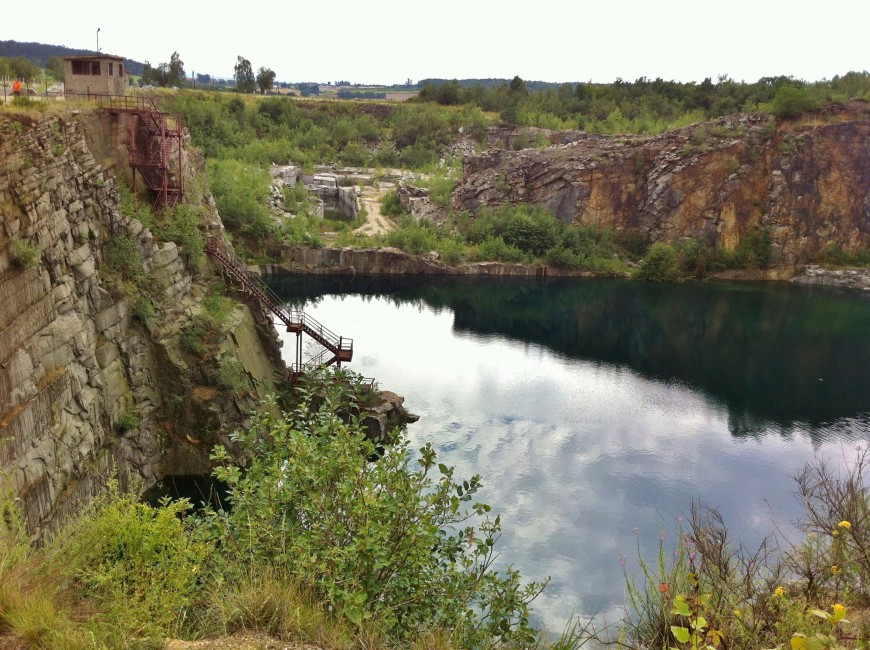
Gross-Rosen owes its existence and its location to the granite quarry located directly next to the camp. ‘Quarry means death’ was the ominous phrase spoken by the camp’s prisoners, who knew they wouldn’t last long if they were assigned to work there. In the first two years of the camp, however, it was unavoidable. As the camp grew, inmates would quarry stone 12 hours a day on starvation rations while being terrorised by SS officers only to build prison barracks in the evenings. The camp’s own doctor, who went on to work in other camps later in the war, described the living conditions he saw at Gross-Rosen as worse than at other camp for the simple fact that all of the prisoners were employed in the quarry. The mortality rate was extremely high and the average life span of a quarry worker at Gross-Rosen was not more than 5 weeks. Make a right from in front of the Prisoners’ Camp Gate and walk up a small hill to see and reflect on this rather picturesque pit where so many men were worked to their deaths.
The Prisoners’ Camp Entrance Gate:
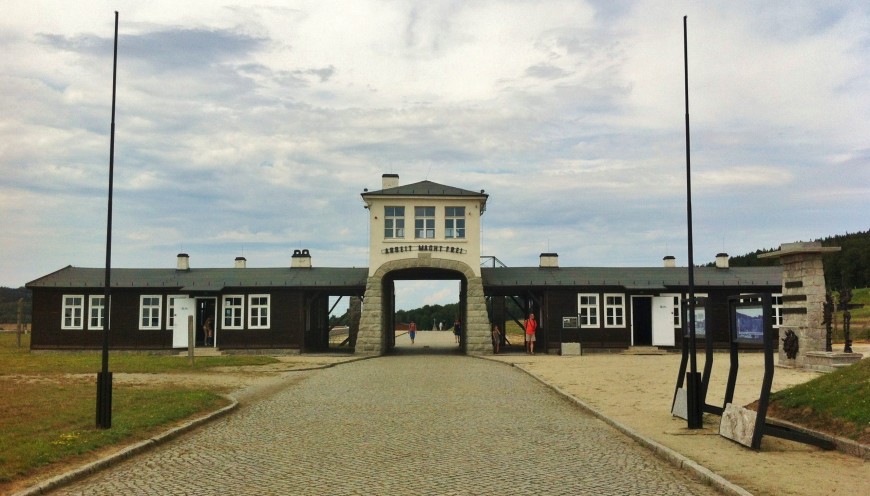
Gross-Rosen’s most iconic building is the completely restored prisoners’ camp entrance gate with its infamous, obligatory and insincere mantra Arbeit Macht Frei (‘Work Makes You Free’) emblazoned above the granite archway, beyond which there was actually almost no chance of freedom. Topped with a watchtower, flanked by two wooden guardhouses, and surrounded with what was once an electric fence, here you’ll find the museum’s other two primary exhibits. In the guardhouse on the left side is the permanent exhibit ‘Lost Humanity’ which gives a general but succinct and enlightening overview of Europe in the years 1919-1945, focussing on Hitler’s rise to power, the growth of German fascism, the origin and development of the concentration camp system – described as ‘Hitler’s extermination apparatus’ – and the plight of Poland trapped between two totalitarian regimes bent on expansion. In the guardhouse on the right side is the exhibit ‘AL Riese - Satellite Camps of the Former Concentration Camp Gross-Rosen,’ which details the sub-camps of Gross-Rosen located in the Owl Mountains southwest of Wrocław along the modern-day border of Poland and Czech Republic. Established in 1943 as the tide of WWII began to turn against the Third Reich, the work camps of AL Riese were created to build what many believe was to be a massive underground headquarters for Hitler. The project was eventually abandoned, but not before over 194,232 square metres of secret passageways were dug into the mountains by prisoners, some 3,648 of whom died during the work. While the exhibit does much to explain why sub-camp Riese had such a high death rate, it rather disappointingly doesn’t indulge in speculation about Hitler’s plans for the project, which remains one of WWII’s greatest mysteries. Displays in both guardhouse exhibits are presented in English, Polish and German.
The Prisoners’ Camp:
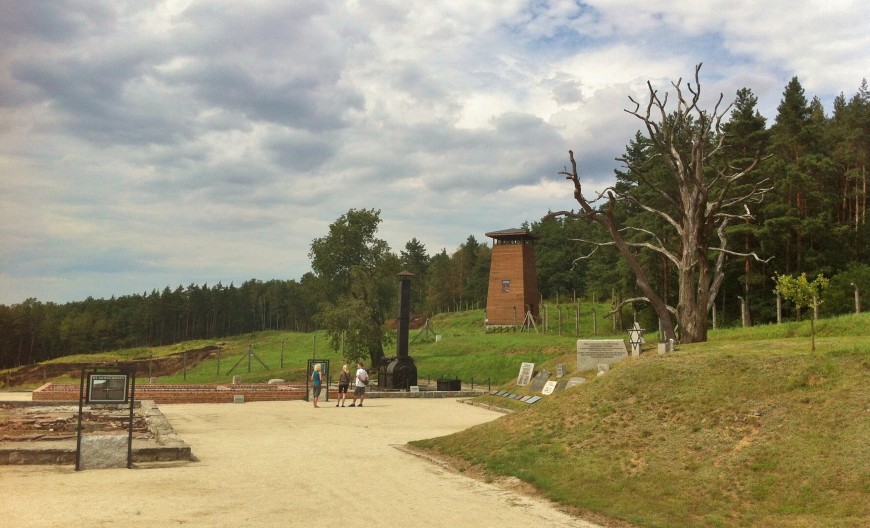
Passing through the main gate visitors have the opportunity to wander the grounds of the camp where informational markers explain the buildings that once stood there and their significance. Though mostly ruins and foundations, among the objects that have been preserved are the basements of the prisoners’ bathhouse, kitchen and one of the barracks, the original camp bell, sections of the original camp fence, the field crematorium, and the ‘death wall’ where mass executions were committed. Some barracks have also been recently rebuilt to hold small temporary exhibits.
Immediately to your left upon entering the camp is the roll call square and camp gallows. It was here that prisoners were forced to gather twice a day to be counted, a process which often took hours in inclement weather. Show executions for those that broke the rules were also commonplace. Escape attempts were frequent, but rarely successful and those that were captured were executed and displayed on the square, often dressed in clownish outfits with painted cheeks and signboards hanging off their dead bodies proclaiming, ‘I’m back with you again.’
The most interesting and evocative objects are in the far right corner of the camp, including a towering stone mausoleum into which prisoners’ ashes from the pits surrounding the nearby crematorium were placed in 1953. Close behind, a large, rather symbolic dead tree stands above the execution wall, around which dozens of personal monuments have been placed by the families of camp victims. On the other side of the fence a wooden watchtower has been reconstructed on what was actually an additional annex of the camp added in the later stages of the war to house prisoners relocated after the evacuation of Auschwitz. Unfortunately the territory of what was known as the ‘Auschwitz Camp’ is currently off-limits to tourists (which is a shame because the views from the tower would be impressive).


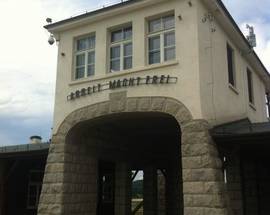
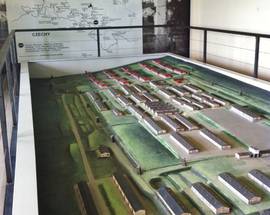
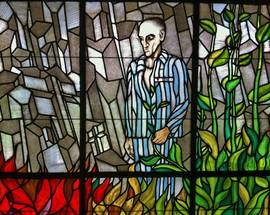
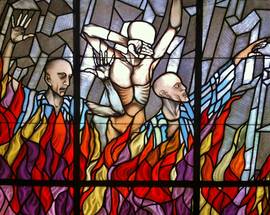
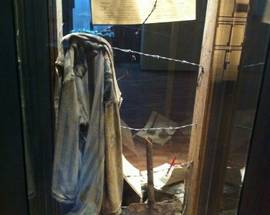
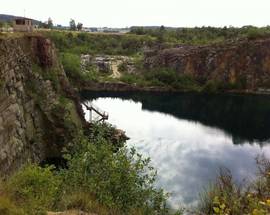
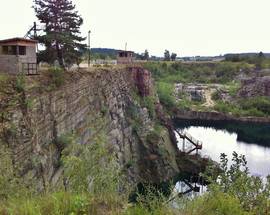
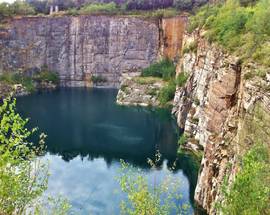
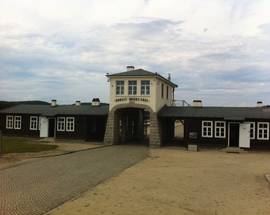
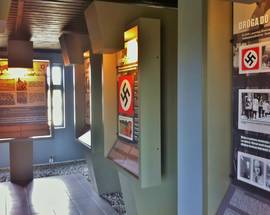
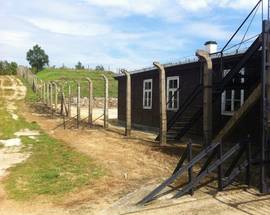
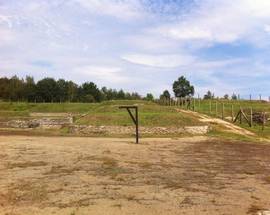
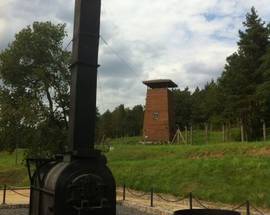
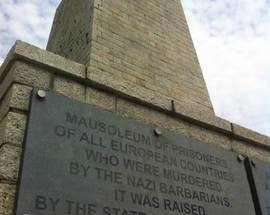
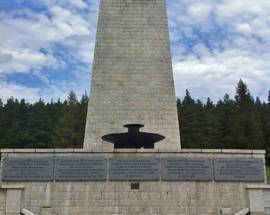
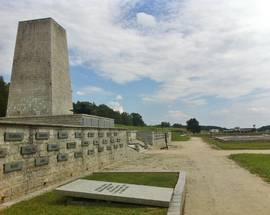
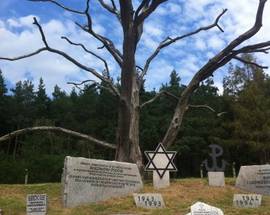
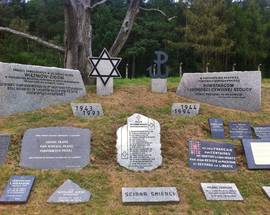
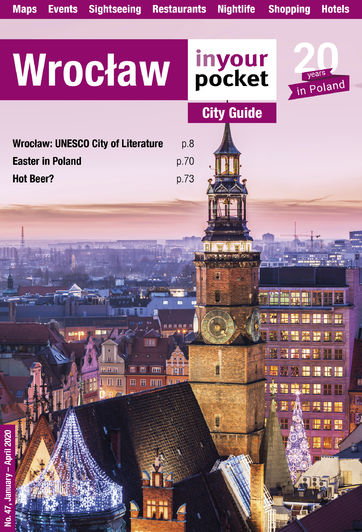
Comments